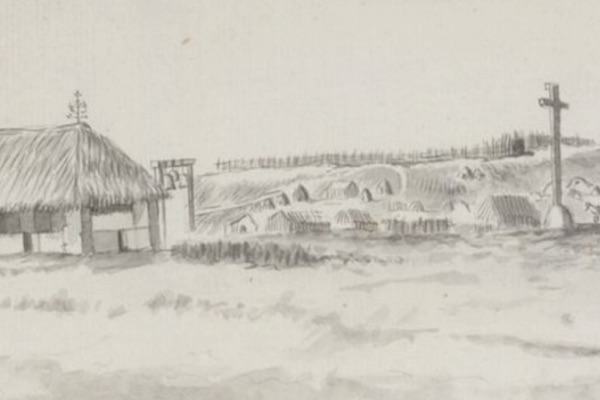After the start of the American Revolutionary War, the British attempted a two-pronged military strategy: divide New England from the rest of the states by seizing the Hudson River, and occupy the south by driving the rebels out the Carolinas and Virginia.
Intent on the first, British General John Burgoyne led a force of eight thousand troops southward through the Hudson valley towards the town of Saratoga, New York during the summer and fall of 1777. On September 19 and again on October 7, American forces led by General Horatio Gates clashed with the British Army. By October 8, the British forces totaled less than five thousand. The American Continentals pursued, and on October 17, twenty thousand surrounded the British, leaving Burgoyne with no choice other than to formally surrender. This decisive victory at Saratoga helped persuade the French to enter the war in February 1778, providing the money, supplies, and troops needed to turn the tide to American victory.
Farther south, British General William Howe sought to capture the American capital of Philadelphia. The British invaded from the south, via Chesapeake Bay, and defeated George Washington’s troops in the Battle of Brandywine on September 11, 1777. American troops under Washington then lost control of Philadelphia. Washington and his ten thousand soldiers finally retreated twenty-four miles to the west, where they set up headquarters at the village of Valley Forge. There Washington’s troops survived a difficult winter of disease, freezing temperatures, and a continual lack of supplies.
Due to the American victory at Saratoga and the escape of George Washington and his army to Valley Forge, the Continental Army survived to fight another year.



















